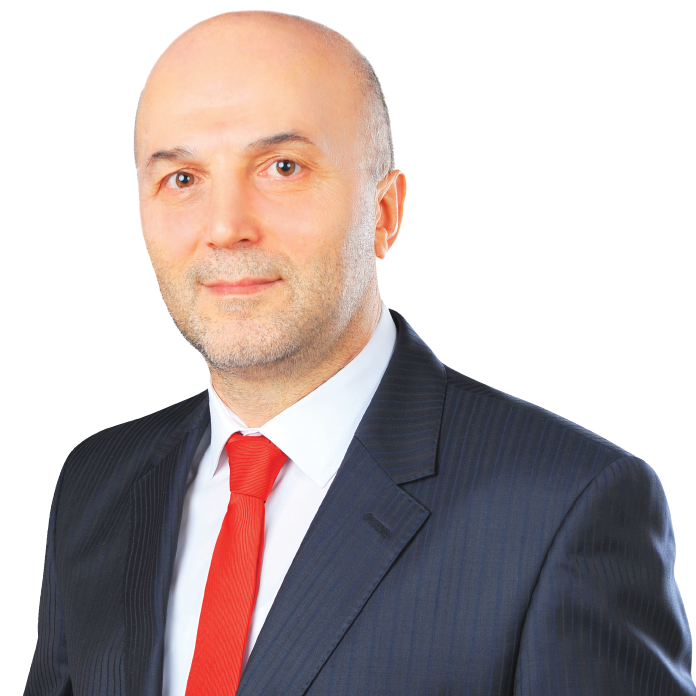Academic studies on Covid-19 are gaining speed as the pandemic intensifies. There are two primary approaches given prominence to prevent and end the disease. One is increased public immunity (herd immunity), the other is the discovery of a vaccine.
Since the vaccine is yet to be found, the process of developing immunity needs to be managed well. This means that the political measures taken should serve to complete the process with minimum damage in terms of public health and the economy.
Economists are trying to analyze the effects of the measures taken based on country examples and the results of policy options with certain models by examining the case and death rates (the rate at which the pandemic is spreading) and economic results of the measures taken to prevent the pandemic.
This article will provide a brief evaluation of the primary findings and efficient policy set.
**
The number of people who have developed immunity being sufficient to stop the pandemic is called herd immunity. The only way to achieve herd immunity is for 66 percent of the population to become infected and wait for their recovery.
The dilemma here is that the strict measures aimed at keeping the pandemic peak low may also cause major economic damage and further drag it out. People can live under lockdown for a few months, but the moment they step outside, they will inevitably be infected.
In other words, though it is theoretically possible to completely stop the virus through strict measures, it is not sustainable. After a while, we will be back at square one.
Hence, it is critical that policymakers seek out the right strategies to end lockdown.
**
With Covid-19, states have been imposing unprecedented policies. The variety and economic outcomes of these interventions are currently being debated.
The interventions can primarily be classified under four main headings such as “lockdown, closure of schools, central quarantine, and wearing masks.”
Intervention varieties are unique to countries and region, but the objective remains the same (reducing social contact and thereby minimizing infection).
On another note, long-term government interventions will give rise to major adversities concerning general economic and social welfare, primarily increased unemployment and bankruptcy. Inevitably, we are faced with the obligation of establishing a balance between results of the pandemic and economic results. This trade-off relation has made it crucial in ascertaining which intervention is successful in minimizing economic losses.
***
Studies show that central quarantine, lockdowns, the closure of schools, and wearing masks in particular are effective measures in terms of reducing the infection rate. The effectiveness of wearing masks, which is one of the most discussed topics, has been proven in empirical studies. Additionally, temporarily isolating infected individuals --away from their homes--, in other words, central quarantine, has been identified as another effective factor.
One other very important result proven here is that it is possible to avoid lockdown policies with the simultaneous application of policies such as school closures, wearing masks, and central quarantine.
Complete lockdown policies mean that most economic activities will be suspended, leading to major socio-economic damage. It exposes economies to stagnation and, as a matter of fact, to the risk of depression (data clearly reveal the destruction caused by one-to-two-month closures).
Analysis results present useful information in terms of suitable policy options toward balancing countries’ infection rate and general economic costs. For example, it shows that the simultaneous closure of schools, wearing masks, and central quarantine alone will be sufficient to curb the spread of the virus and avoid the lockdown policy.
***
Up until now, Turkey has made the right decisions to control the spread of the pandemic and minimize economic damage.
Turkey is gradually lifting its protective measures. During this process, however, the rise in the number of cases is enough to cause panic as to whether a second wave is brewing.
What needs to be done is to take light but sustainable measures that will turn social distancing, hygiene, and wearing of masks into a lifestyle that will curb the virus without interrupting economic activities.
Most importantly, antibody tests need to be rapidly conducted to determine the individuals who have developed immunity and enable people to return to their everyday lives.




















